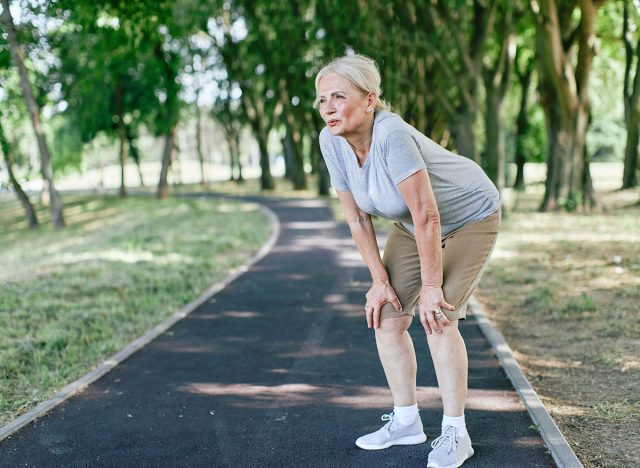If You Can Walk This Many Steps in 30 Seconds at 60, You’re in Exceptional Shape

Walking is one of the simplest yet most powerful indicators of how well your body is aging. After 60, the speed and efficiency of your stride show much more than leg strength; they reflect cardiovascular health, coordination, and even cognitive sharpness. The faster and more controlled your walk, the better your body functions overall. Measuring your step count over 30 seconds gives a clear, objective snapshot of where you stand.
This test is easy to do anywhere with a little space and a timer. It’s a no-excuses way to check whether your lower body and heart are keeping up with what life demands. Even better, it becomes a baseline you can track as you get fitter over time. Each time you retest, you’ll see real proof that your consistency is paying off.
For those over 60, walking performance is directly tied to independence and vitality. Hitting an elite level in this 30-second test means your heart, lungs, and muscles are working together exactly as they should. If you fall short, you’ve just discovered a simple goal that will keep you younger, longer. Here’s what it takes to join the top tier.
Covering 50 or more steps in 30 seconds at a brisk, steady pace signals top-tier fitness for most people over 60. That pace shows strong coordination, leg strength, and cardiovascular endurance working as one. Hitting fewer than 40 steps means you have room to build up speed and strength to protect your long-term health. Tracking this number over time helps you stay accountable and motivated.
How to Improve Your 30-Second Score

Walk at least five days per week, gradually pushing your pace while maintaining good posture. Add short bursts of faster walking to train your legs and lungs to work harder. Strengthen your calves, glutes, and core with bodyweight exercises like calf raises, bridges, and standing marches to make each stride more powerful. Retest every two weeks to see how much closer you’re getting to the exceptional range.
Why This Test Works

Walking speed is one of the most reliable markers of health and longevity after 60. It reflects not just how strong your legs feel but also how well your heart pumps blood and how quickly your brain sends signals to your muscles. Improving your walking pace sharpens your nervous system, builds endurance, and keeps your joints mobile. Over time, that translates into more energy, fewer falls, and the ability to stay active well into the future.
Looking for more easy ways to lose fat? Here’s How Long Your Walking Workout Should Be To Shrink Belly Fat.